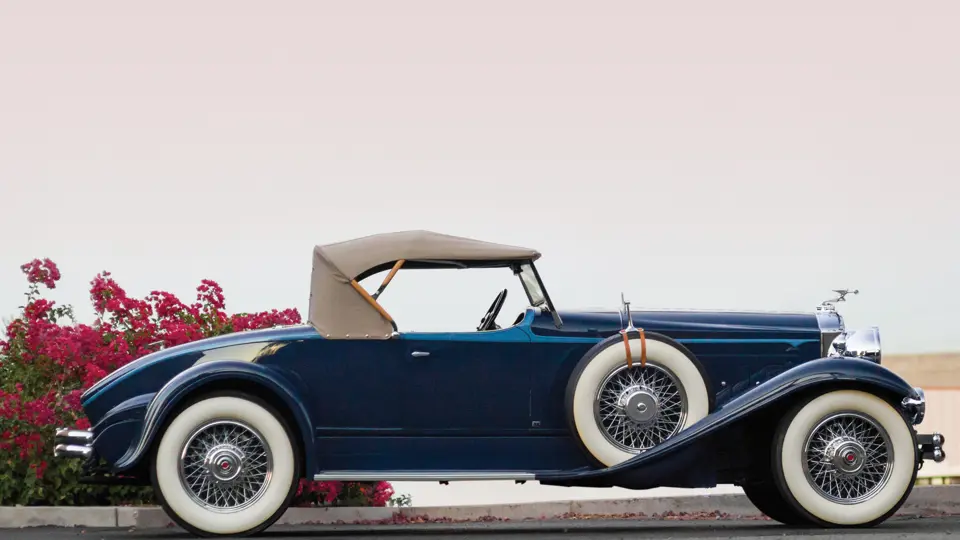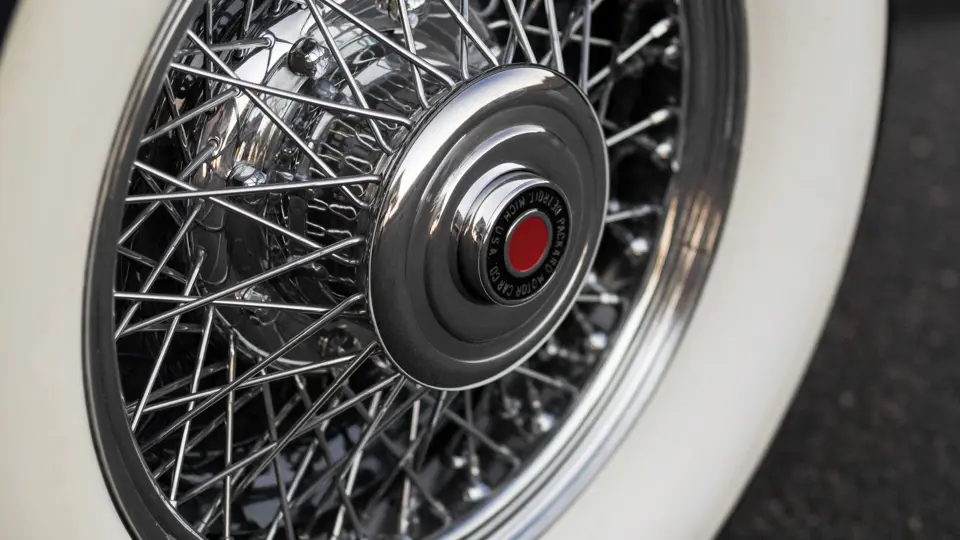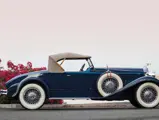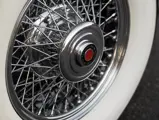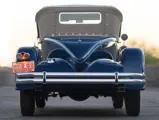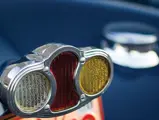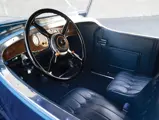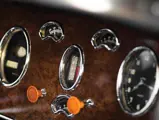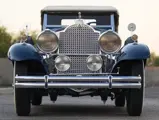Est. 145 bhp, 385 cu. in. L-head inline eight-cylinder engine, four-speed manual transmission, solid front and live rear axles with semi-elliptic leaf springs, and four-wheel mechanical brakes. Wheelbase: 134.5 in.
By 1930, Packard was firmly entrenched as the leader in America’s rarefied fine car market. In fact, more Packards graced the driveways of America’s growing upper class than did all other makes combined. While Packard certainly had a well-deserved reputation for quality and luxury, the venerable marque’s products were not known for speed.
Colonel Jesse Vincent was determined to change all that. In 1929, he had a special speedster built to demonstrate what could be done when the performance was increased and the weight of the production Packard was reduced. According to famed aviator Charles Lindbergh, who drove Vincent’s prototype at Packard’s proving grounds, the car easily exceeded 109 mph, which was a truly remarkable speed for the time.
Packard chief Alvan Macauley was so impressed that the 734 Speedster series was born for 1930, as a direct image-leading competitor to Cadillac’s V-12 and V-16 models. A specially lightened boattail body reduced weight by a whopping 455 pounds, while performance enhancements, including a twin-throat carburetor, a finned exhaust manifold, and other updates, raised the eight-cylinder engine’s basic output to 125 brake horsepower. With the optional high-compression (8.0:1) cylinder head, 145 brake horsepower was available. The 734 Speedster series debuted in January 1930, which was five full months after the public introduction of Packard’s Seventh Series models on August 20, 1929.
For reasons unknown, but most likely due to the devastating effects of the 1929 stock-market crash and the rapidly deteriorating economic climate, the 734 Speedster was one of Packard’s best-kept secrets. No advertising was placed, and little promotion was ever done, with the sole exception of a single eight-page, black-and-white brochure. As a result, it is believed that just 113 examples were ever built. However, their high performance, stunning good looks, and extreme rarity resulted in high demand amongst knowledgeable collectors and marque enthusiasts shortly after the end of World War II, which was long before the collector-car hobby emerged.
The 1930 Packard offered here is fitted with a very authentic, accurately constructed Speedster runabout body that is faithful to the original coachwork. The engine, chassis, and cowl plate have all been restamped with numbers correct to the original 734 Speedster Eight range, and the car boasts a correct fitted exhaust manifold. This beautiful car, which was finished in a lovely combination of blue with a dashing light blue beltline rib, a beige top, and dark blue upholstery and carpeting, clearly continues to benefit from a high-quality restoration during the 1980s, which resulted in AACA National First Prize Award honors in 1988.
Although the restoration was completed some years ago, the car remains highly presentable. The detailing under the hood is superb, and the vehicle shows very little evidence of use since the restoration was completed, as it has been maintained in climate-controlled storage in its current collection. Desirable period accessories include a radiator stone guard, dual driving lamps, dual side-mounted spares with canvas covers, side-view mirrors, chrome wire wheels, and whitewall tires. This is a lovely example of one of Packard’s most sporting and highly coveted Classic Era models.











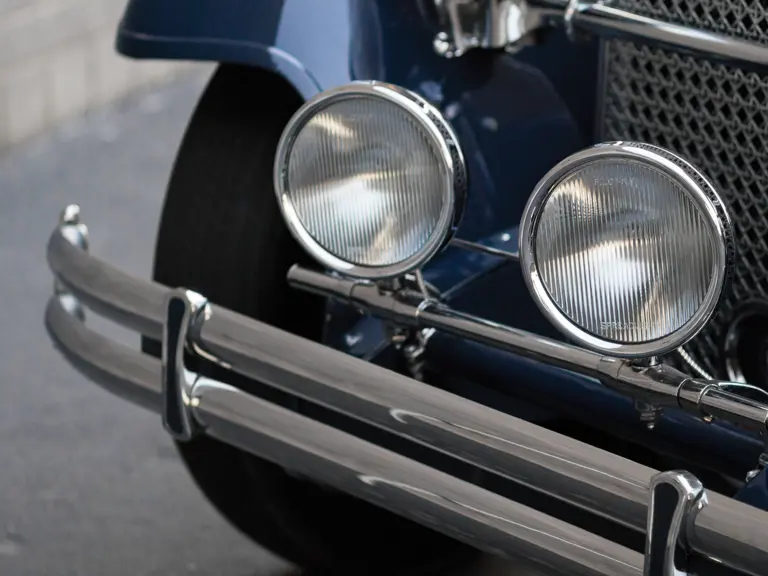
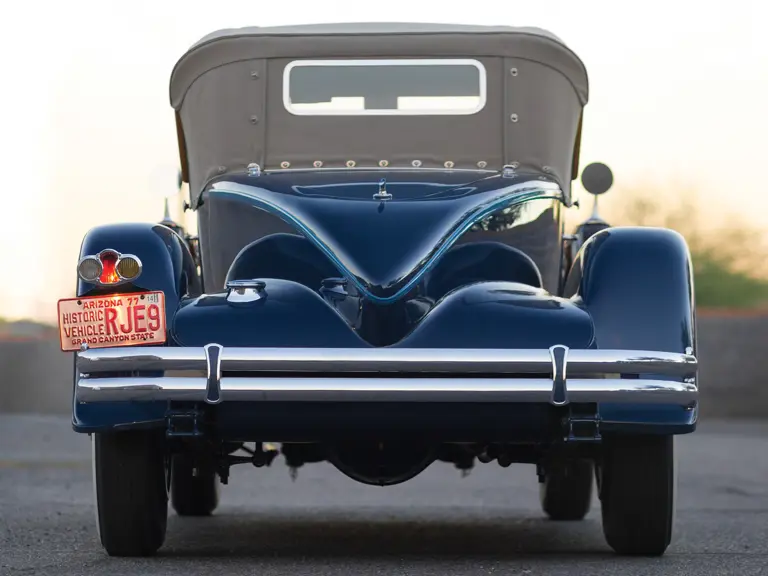

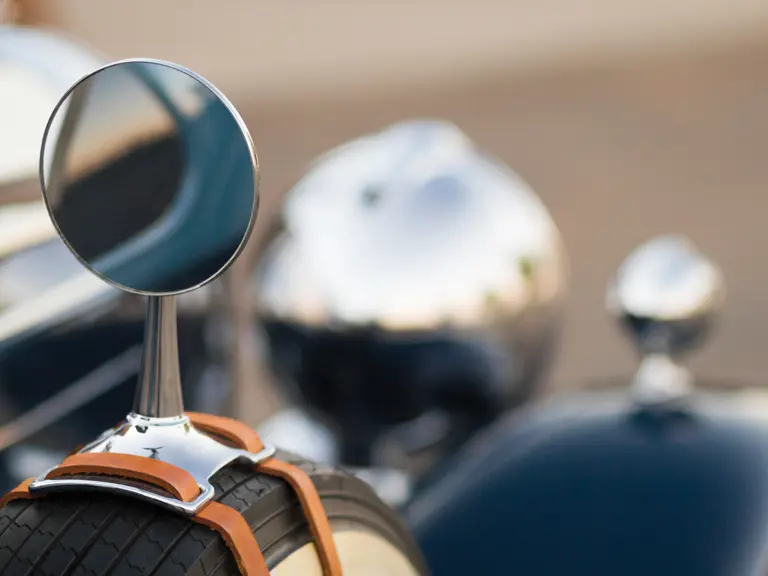
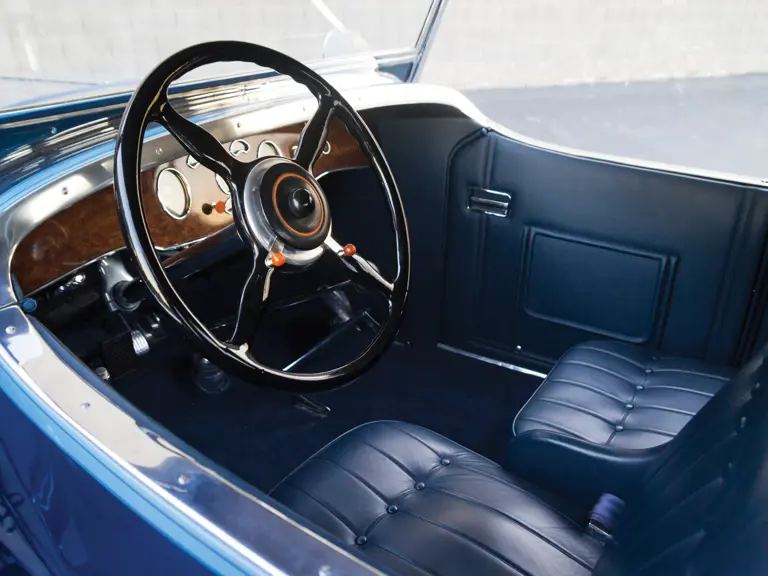
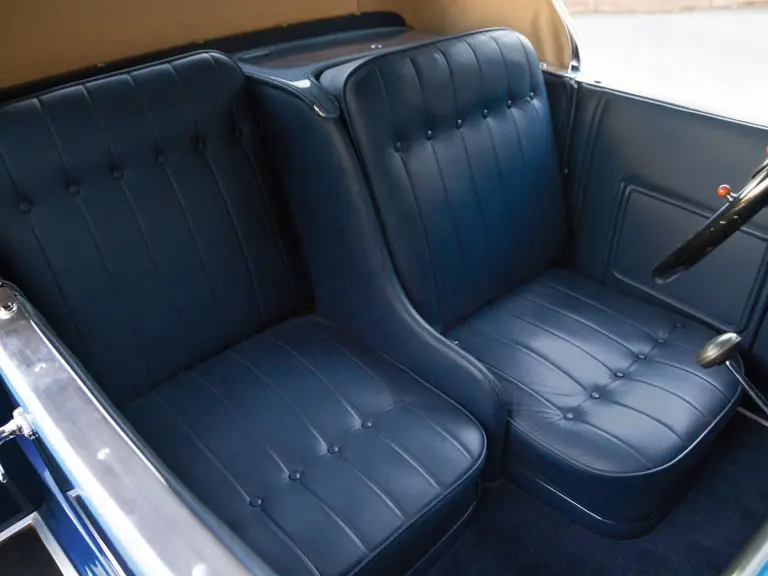

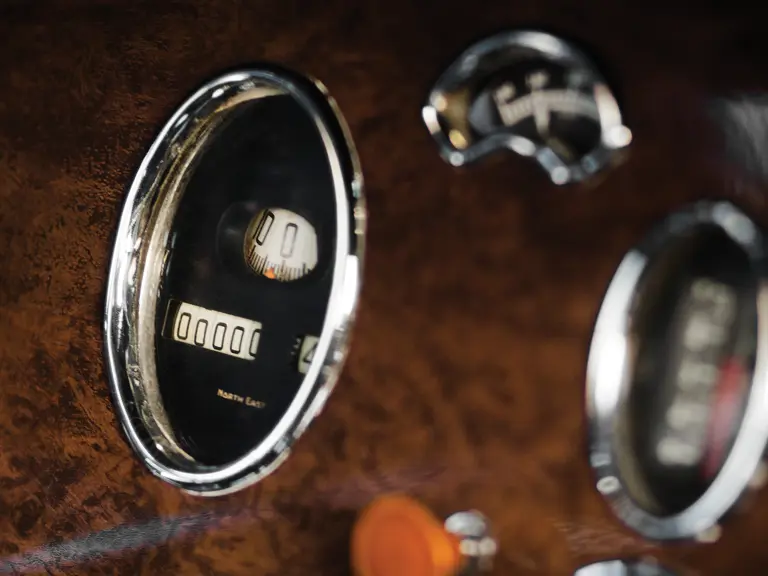

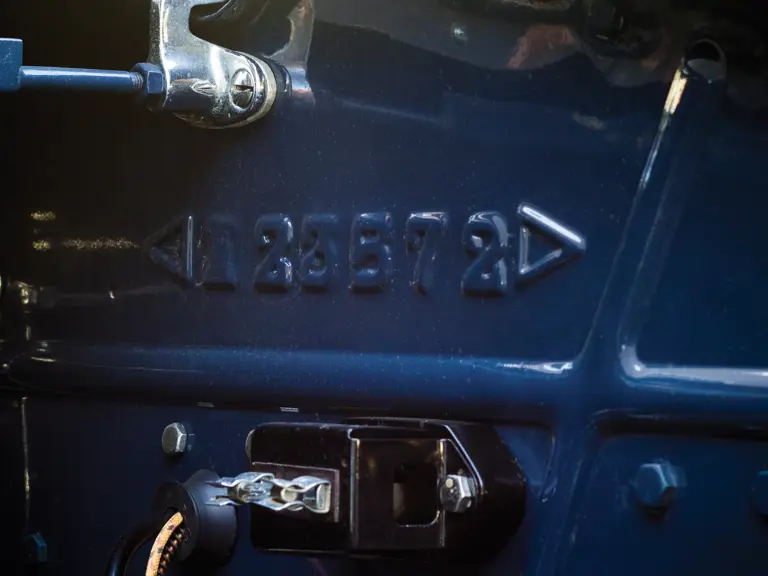
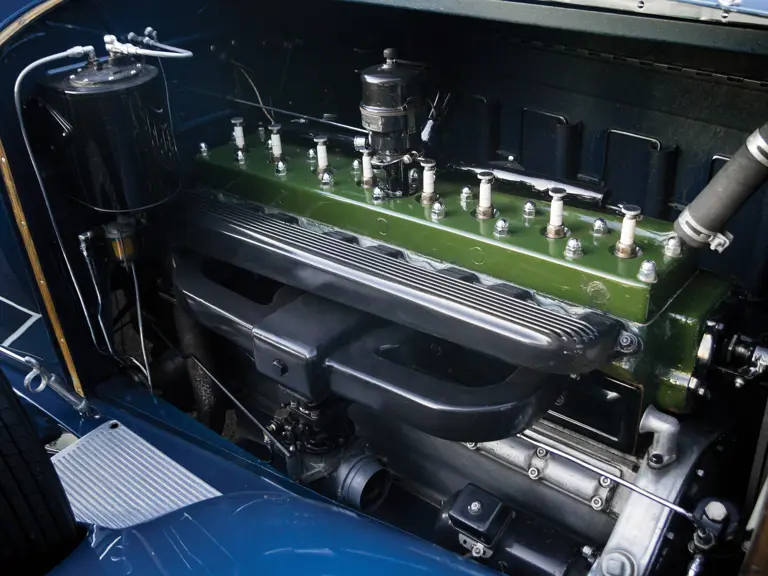

 | Phoenix, Arizona
| Phoenix, Arizona
